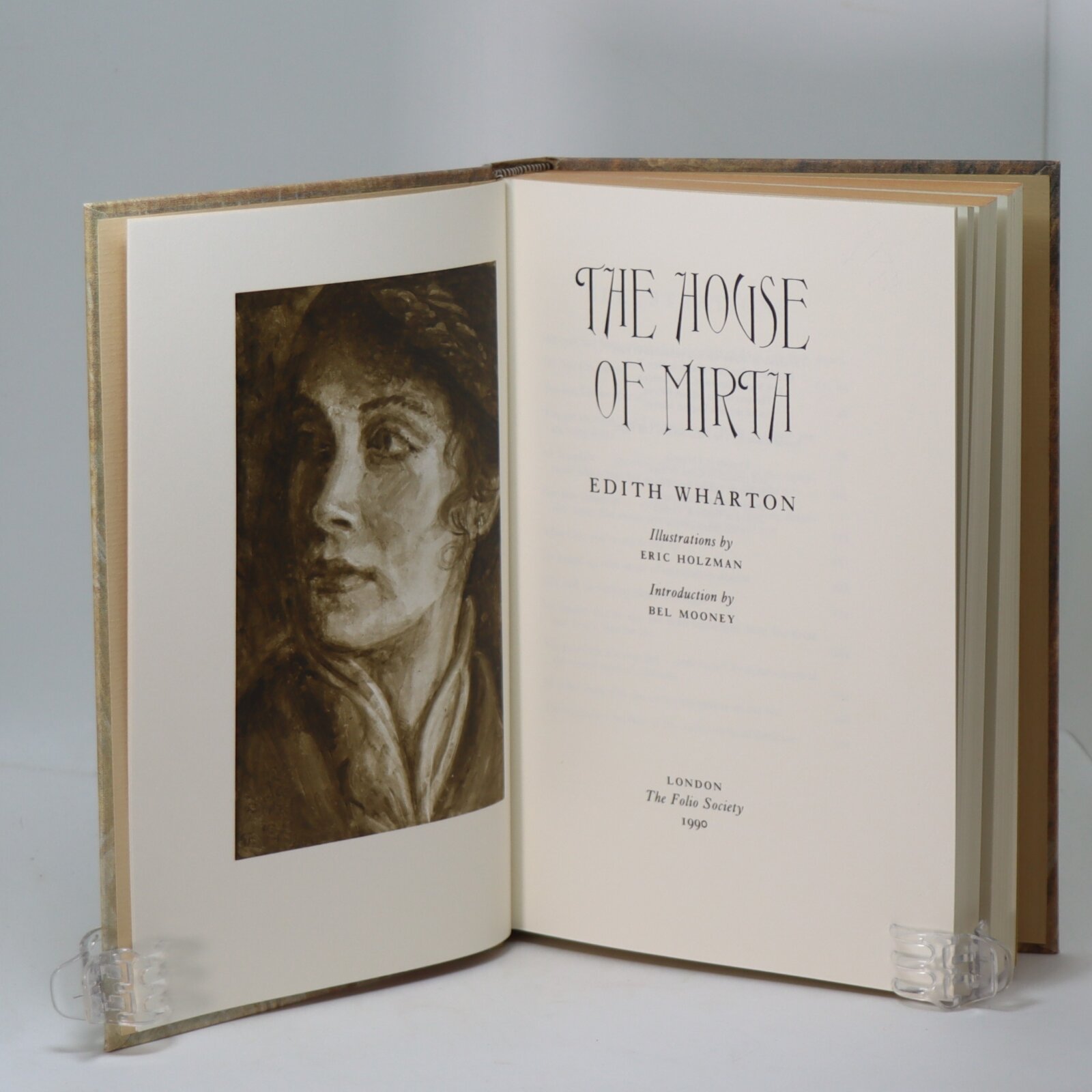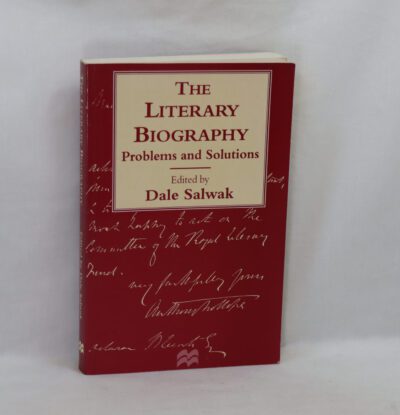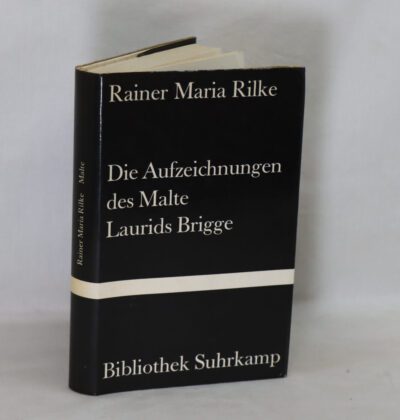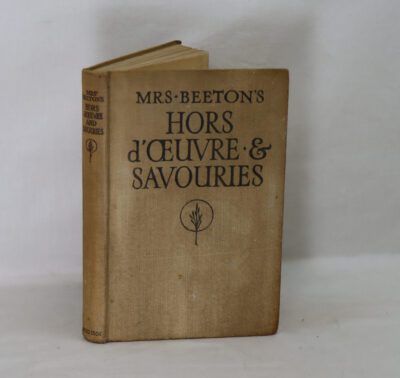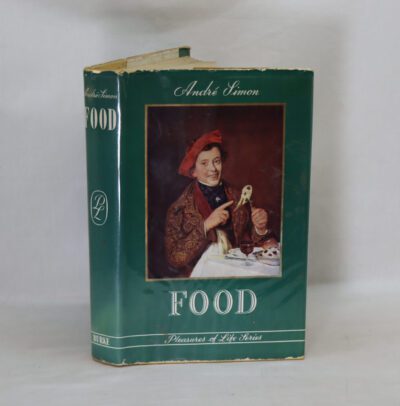The House of Mirth.
By Edith Wharton
ISBN: 9780140187298
Printed: 1990
Publisher: Folio Society. London
| Dimensions | 17 × 25 × 4 cm |
|---|---|
| Language |
Language: English
Size (cminches): 17 x 25 x 4
Condition: Fine (See explanation of ratings)
Item information
Description
In a fitted box. Cream cloth binding with image of a lily on a patterned background on both boards. Gilt title on the spine.
It is the intent of F.B.A. to provide an in-depth photographic presentation of this book offered so to almost stimulate your feel and touch on the book. If requested, more traditional book descriptions are immediately available.
The House of Mirth is a 1905 novel by American author Edith Wharton. It tells the story of Lily Bart, a well-born but impoverished woman belonging to New York City’s high society around the end of the 19th century. Wharton creates a portrait of a stunning beauty who, though raised and educated to marry well both socially and economically, is reaching her 29th year, an age when her youthful blush is drawing to a close and her marital prospects are becoming ever more limited. The House of Mirth traces Lily’s slow two-year social descent from privilege to a tragically lonely existence on the margins of society. In the words of one scholar, Wharton uses Lily as an attack on “an irresponsible, grasping and morally corrupt upper class.”
Before publication as a book on October 14, 1905, The House of Mirth was serialized in Scribner’s Magazine beginning in January 1905. It attracted a readership among women and men alike. Charles Scribner wrote Wharton in November 1905 that the novel was showing “the most rapid sale of any book ever published by Scribner.” By the end of December, sales had reached 140,000 copies. Wharton’s royalties were valued at more than half a million dollars in today’s currency. The commercial and critical success of The House of Mirth solidified Wharton’s reputation as a major novelist.
Because of the novel’s commercial success, some critics classified it as a genre novel. However, Wharton’s pastor, then rector of Trinity Church in Manhattan, wrote to tell her that her novel was “a terrible but just arraignment of the social misconduct which begins in folly and ends in moral and spiritual death.” This moral purpose was not lost on the literary reviewers and critics of the time who tended to categorize it as both social satire and a novel of manners. When describing it in her introduction to Edith Wharton’s The House of Mirth: A Case Book, Carol Singley states that the novel “is a unique blend of romance, realism, and naturalism, [and thus] transcends the narrow classification of a novel of manners.” The House of Mirth was Wharton’s second published novel, preceded by two novellas, The Touchstone (1900) and Sanctuary (1903), and a novel, The Valley of Decision (1902).
Edith Wharton born Edith Newbold Jones; January 24, 1862 – August 11, 1937) was an American novelist, short story writer, and designer. Wharton drew upon her insider’s knowledge of the upper class New York “aristocracy” to realistically portray the lives and morals of the Gilded Age. In 1921, she became the first woman to win the Pulitzer Prize in Literature, for her novel The Age of Innocence. She was inducted into the National Women’s Hall of Fame in 1996. Among her other well-known works are The House of Mirth and the novella Ethan Frome.
Want to know more about this item?
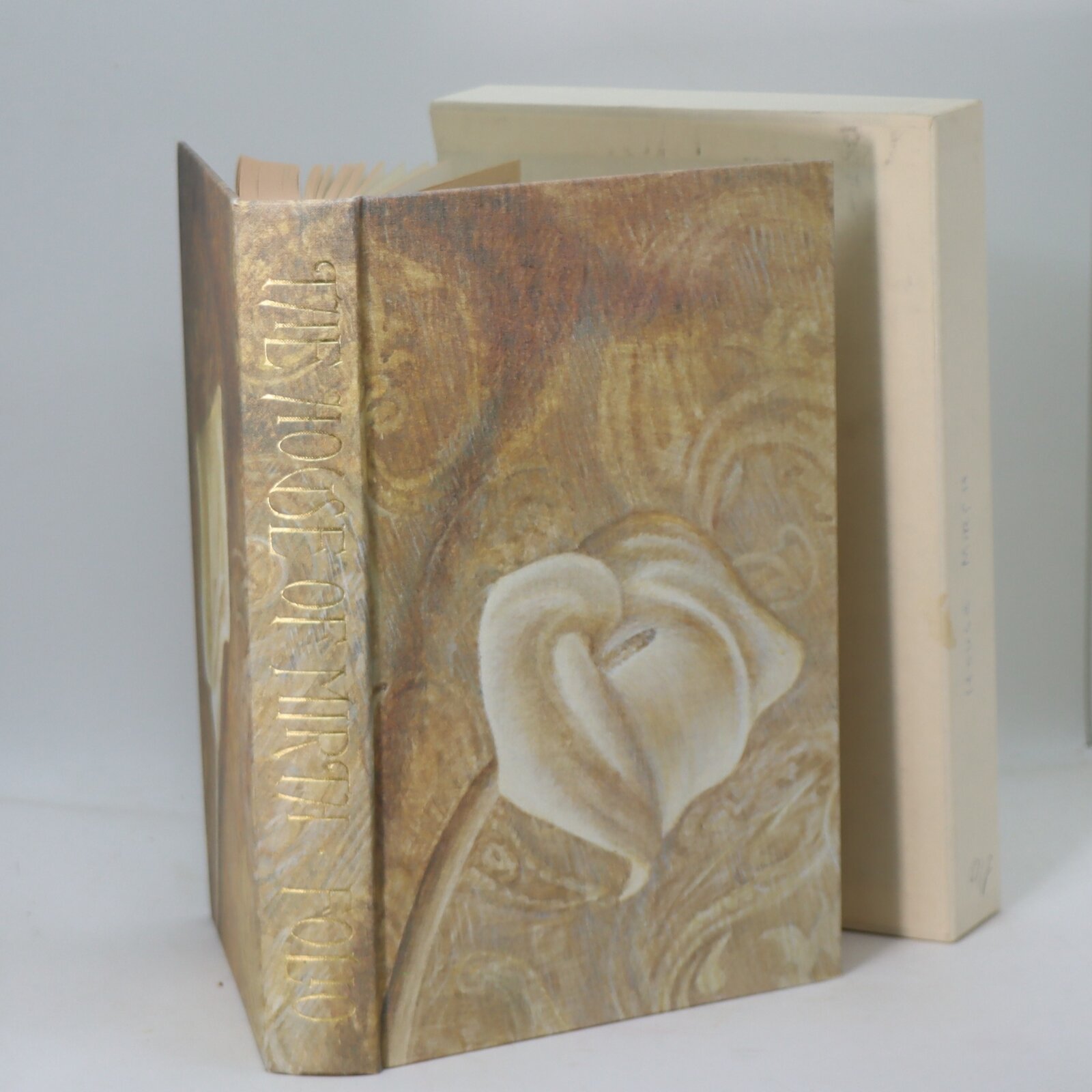
Related products
Share this Page with a friend

